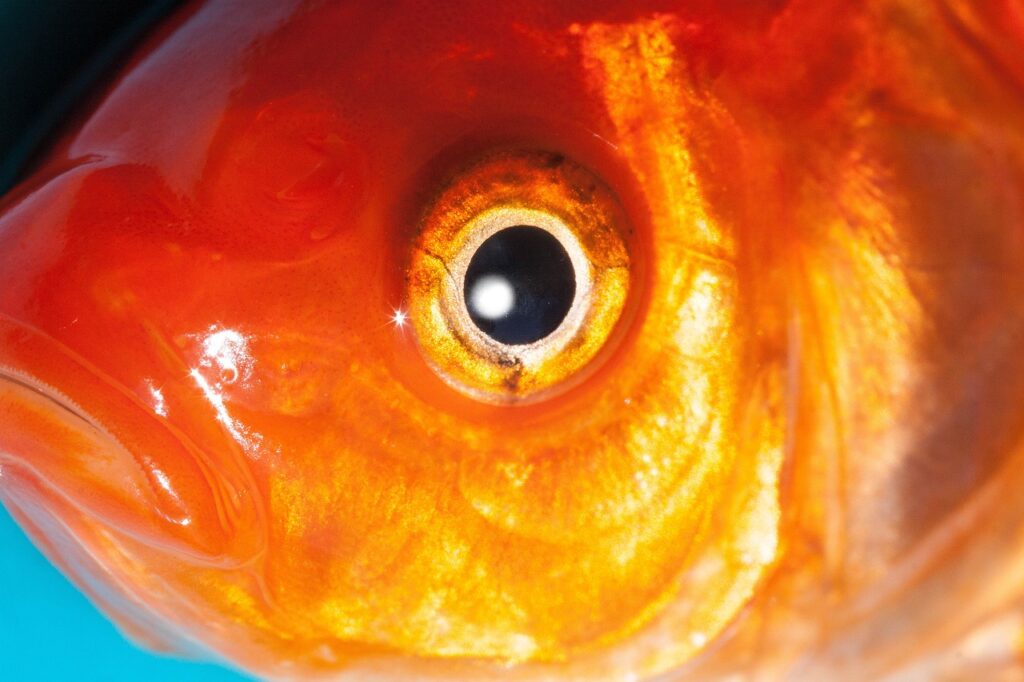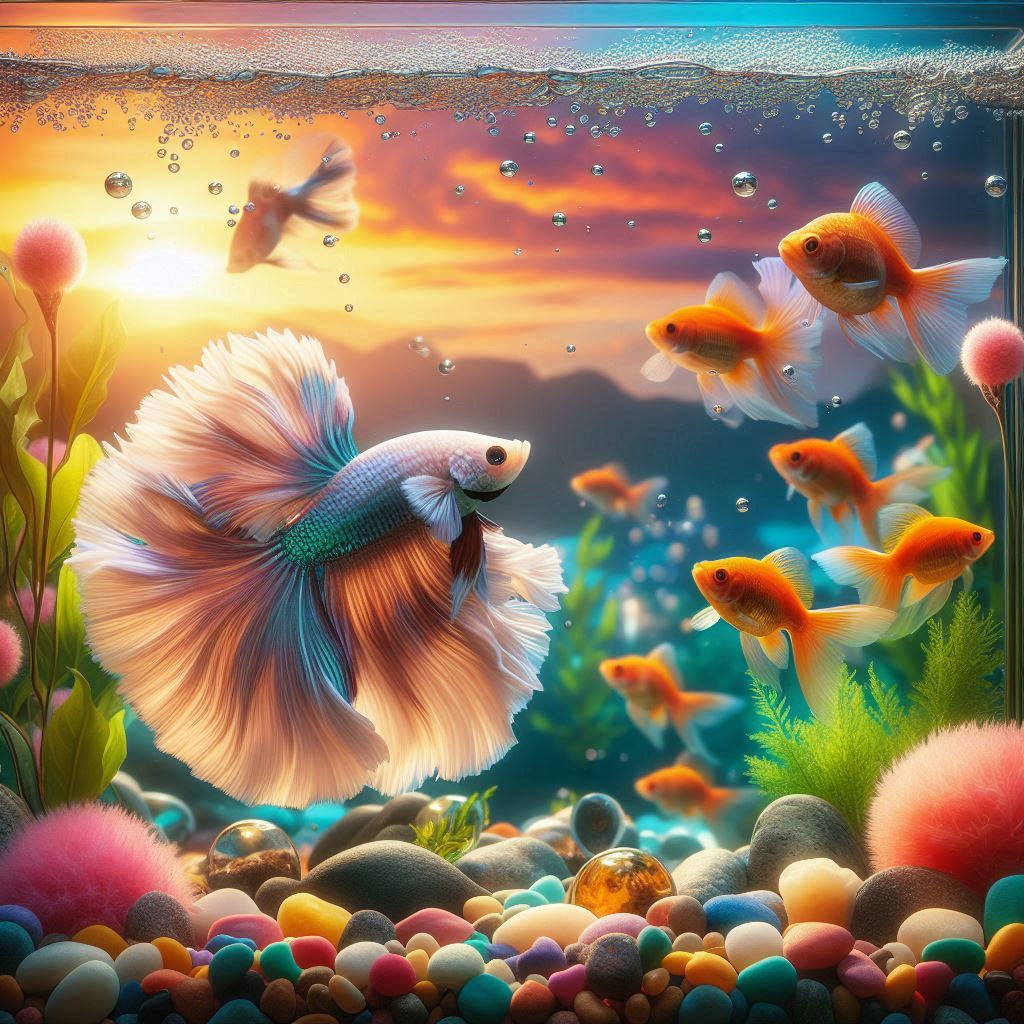Introduction To Betta Fish Rare
Rare betta fish are a captivating variety within the aquarium community, known for their unique colors and patterns. These bettas often become the centerpiece of any tank, drawing much attention and admiration due to their rarity. Understanding what makes a betta fish rare involves several factors, including genetics, breeding practices, and the specific characteristics such as color, pattern, and finnage. Certain betta fish colors, like white, green, or purple, are considered rare and can be quite a find for enthusiasts.
Rare betta fish are not just limited to wild varieties; selective breeding has produced some of the most fascinating patterns and colors available today. Breeders meticulously combine specimens to achieve desirable traits, such as the marble or butterfly patterns, which stand out in the aquarium. It’s this selective breeding that maintains the ongoing cycle of rare betta fish, continually providing new and exciting variations for the market.
In summary, rare betta fish can transform any aquarium into a showcase of natural beauty and intricate design. Their distinctive traits, from color to pattern, combined with the growing marketplace, make them a valuable addition to any enthusiast’s collection. Understanding these fascinating fish involves a deep appreciation for their genetics, breeding, and the overall care they require.
Popular Rare Betta Fish Varieties
Betta fish rare varieties captivate aquatic enthusiasts with their unique colors and patterns. Understanding these rare betta fish types can help you identify and appreciate their distinctive beauty. In this section, we will explore some of the most popular rare betta fish varieties. One of the most sought-after rare betta fish is the Koi Betta. This variety mimics the appearance of traditional koi carp, boasting a vibrant mix of red, black, blue, and white. Koi Betta are popular due to their striking resemblance to their pond-dwelling namesakes.
Another striking type is the Black Orchid Betta. Known for its deep, dark scales and iridescent bluish-purple highlights, this variety stands out in any aquarium. Black Orchid Betta fish display a mystique that makes them highly prized among collectors. The Dragon Scale Betta is another rare betta fish that has captured the hearts of many. This variety is characterized by its thick, metallic scales, which give the appearance of an armored dragon. Dragon Scale Bettas often come in various colors, including red, blue, green, and yellow.

Cellophane Betta fish
These bettas possess a nearly transparent appearance, allowing light to shine through their fins and bodies. Despite lacking vibrant colors, Cellophane Betta fish have an ethereal beauty that is truly unique. This variety features an unpredictable mix of colors and patterns that change with each new generation.
Marble Bettas
They are particularly fascinating because no two are ever exactly alike, making them a unique addition to any collection.
Identifying Rare Betta Fish Colors
Identifying the betta fish rare colors can be both exciting and challenging, primarily because of their unique and often vibrant hues. The rarity and beauty of these betta fish make them a sought-after choice for enthusiasts and breeders alike. Knowing what makes a betta fish rare can help enthusiasts appreciate the uniqueness of their own pet betta fish.
Solid Colors
While solid-colored bettas are more common, certain hues are particularly rare.
For instance, a solid black betta fish is difficult to find. This rarity is a result of specific genetic combinations that produce deep, uniform pigmentation. Similarly, solid white bettas, often referred to as Cellophane due to their translucent appearance, are also rare and highly prized.
Marble and Butterfly Patterns
Marbled bettas feature a unique color pattern that can change over time. This change occurs due to genetic elements known as jumping genes. These genes cause colors to spread or retreat, creating a marbled effect that makes each fish uniquely patterned. Butterfly bettas are distinguished by their dual-tone coloration, with one color adorning the body and another color highlighting the edges of the fins. Such distinct and vibrant patterns contribute to their classification as rare betta fish.
Metallic and Copper Shades
Another rare color variety includes metallic and copper shades. These bettas boast a shimmering, metallic hue that changes under different lighting conditions. The unique metallic coloration results from the presence of iridescent cells that reflect light.
Dragon Scale Bettas
Dragon scale bettas are characterized by their thick, armor-like scales and vibrant colors. This rare variety often displays a distinctive, metallic sheen across the scales, further enhancing their allure. Due to their dramatic appearance, dragon scale bettas are a popular choice for collectors and breeders.
Multi-Colored Rarities
Lastly, multi-colored bettas, such as those exhibiting purple, green, and blue hues, are also considered rare. These fish display a combination of colors that shift and blend seamlessly. The interplay of unusual colors significantly adds to their rarity and appeal. In conclusion, understanding the unique colorations and patterns that make a betta fish rare can enhance your appreciation and care for these remarkable aquatic pets. Whether you are a breeder, a collector, or simply a betta fish enthusiast, recognizing these rare traits will help you identify and cherish the beauty of rare betta fish varieties.
Caring for Rare Betta Fish
Caring for betta fish rare varieties requires specific attention to ensure their health and longevity. Rare betta fish often have unique care requirements that differ from more common betta breeds. First and foremost, a suitable living environment is crucial for rare betta fish. A tank of at least 5 gallons is recommended to provide ample space for swimming. Ensure the tank includes a heater, as bettas thrive in warmer water temperatures between 76°F and 82°F.
Maintaining water quality is essential. Regularly test the water for pH levels, ammonia, nitrites, and nitrates. A stable pH level around 7.0 is ideal for rare betta fish. Use a reliable filtration system to keep the water clean and avoid sudden changes in water conditions. Feeding routines also play a significant role in the well-being of rare betta fish. Provide high-quality betta pellets or flakes, which should be supplemented with occasional treats like bloodworms or brine shrimp.
Avoid overfeeding, as uneaten food can degrade water quality. Tank decor is another important consideration. Bettas enjoy hiding spots and resting areas, so include plants, caves, and other structures. However, ensure any decorations have smooth surfaces to prevent fin damage in these delicate fish. Perform regular water changes to maintain optimal conditions. Replace 25-30% of the tank water weekly to remove toxins and refresh the environment.
Finally, monitor your rare betta fish for signs of stress or disease. Symptoms such as lethargy, loss of appetite, or visible marks on the body can indicate health issues that require prompt attention. By following these guidelines, you can ensure your rare betta fish remains healthy and vibrant, making them a stunning addition to any aquarium.

Breeding Rare Betta Fish
Breeding betta fish rare in color or pattern requires careful planning and dedicated effort. Understanding the breeding process of rare betta fish is essential to achieve desired outcomes. The first step in breeding any betta fish, especially rare ones with unique colors or patterns, is to select a healthy male and female. When choosing breeding pairs, consider secondary keywords like Solid, Marble, Butterfly, and Cellophane as these describe some of the rare color patterns in betta fish. It is crucial to ensure that both bettas are free from any diseases and are in optimal health.
Setting Up the Breeding Environment
Creating the right environment is vital for successful breeding of rare betta fish. A breeding tank, separate from the primary tanks, should be used. The Fishtank setup includes a heater to maintain a steady temperature around 78-80 degrees Fahrenheit and calm, still water conditions. A lid is necessary because male bettas often build bubble nests for the eggs. Adding live plants provides hiding spots and contributes to a balanced environment for the breeding process. You should also consider the pH and softness of the water as different betta varieties may have specific requirements.

Introducing The Breeding Pair
Introduce the male betta fish to the breeding tank first, allowing him to acclimate and build a bubble nest. After the nest is built, introduce the female betta fish in a clear, partitioned space within the tank. Monitor their interaction closely. Chasing and flaring are normal, but excessive aggression necessitates separation.
The Breeding Process
Once the female indicates readiness, often by displaying vertical stripes and submissively tipping her head down, release her into the male’s section. Mating begins with the male wrapping around the female in a process called the Embrace. After several embraces, they will release eggs, and the male fertilizes them immediately after. The male then gathers the fertilized eggs and places them in the bubble nest.
Post-Breeding Care
Once the female has released all her eggs and the male has secured them in the nest, remove the female to prevent any harm. The male will continue to guard and tend to the nest until the eggs hatch in 36-48 hours. During this time, it is vital to ensure the tank conditions remain stable and undisturbed.

Raising the Fry
After hatching, the fry will remain in the bubble nest for a few days until they are free-swimming. At this stage, carefully feed them appropriate fry food, starting with infusoria and gradually moving to baby brine shrimp and microworms. As they grow, ensure they are provided with adequate space to avoid overcrowding and facilitate healthy development. Breeding rare betta fish is not only a rewarding hobby but also contributes to the conservation of unique betta varieties. By understanding and following these steps, you can successfully breed rare betta fish while maintaining the quality and integrity of these beautiful creatures.
Conclusion
The world of betta fish rare varieties is as captivating as it is diverse. In this article, we’ve explored the unique aspects of caring for, breeding, and buying these rare betta fish. Each rare betta fish comes with its own set of fascinating characteristics and care needs, making them a delightful addition to any aquarium. Understanding the different colors, patterns, and types of betta fish rare varieties can help you become a more knowledgeable and conscientious keeper.
Whether you’re a seasoned breeder or a newcomer to the world of rare betta fish, these stunning creatures offer endless opportunities for engagement and enjoyment. Armed with this information, you’re now better prepared to make informed decisions about adding a rare betta fish to your collection. Remember, the journey of keeping rare betta fish is not just about their beauty; it’s also about the joy and satisfaction of providing them with a happy and healthy home.
